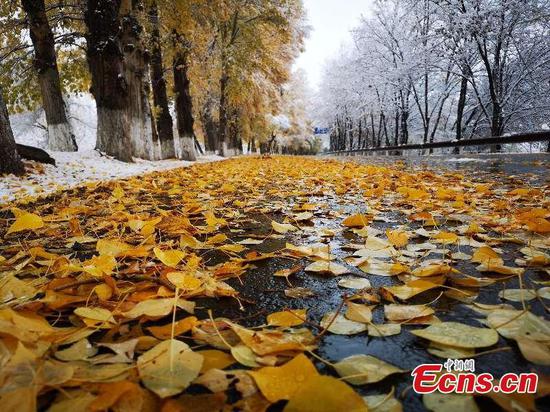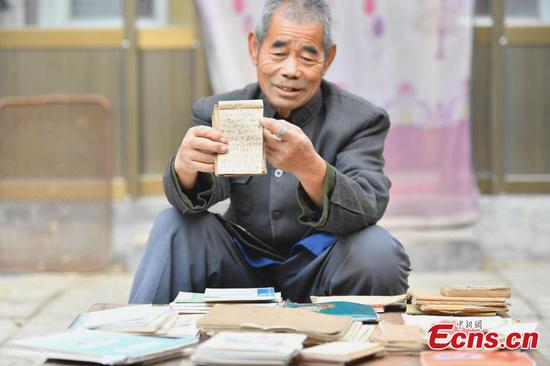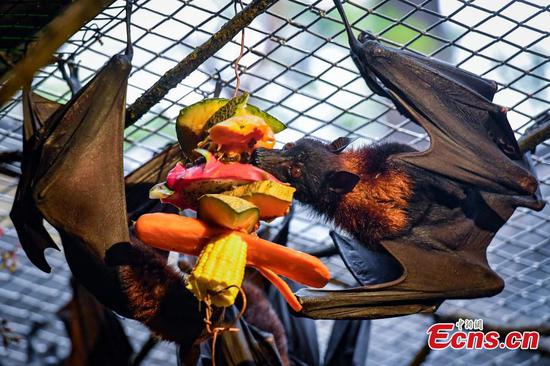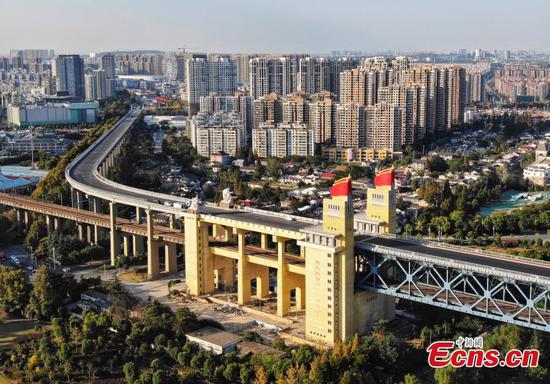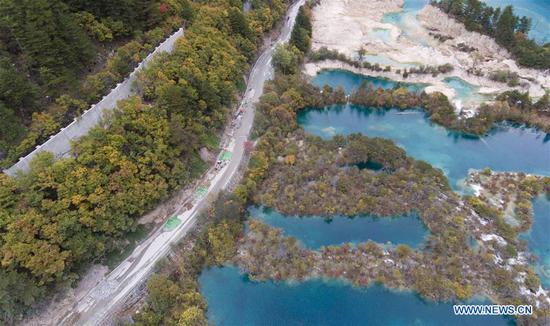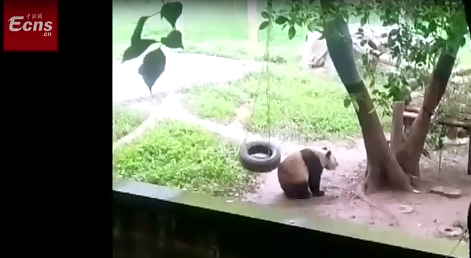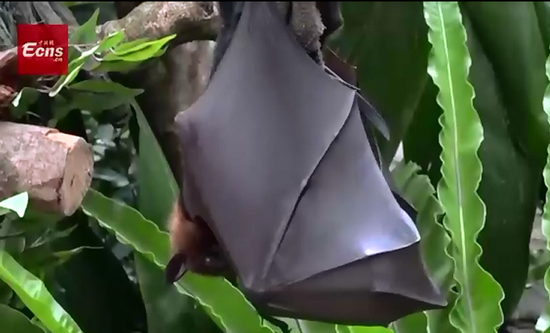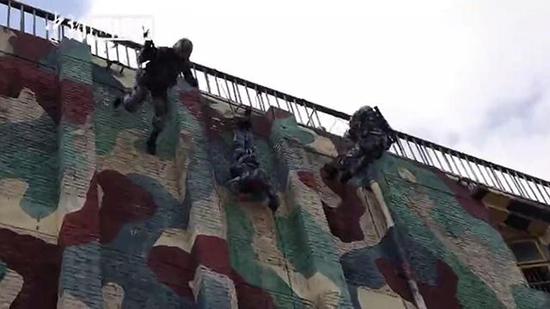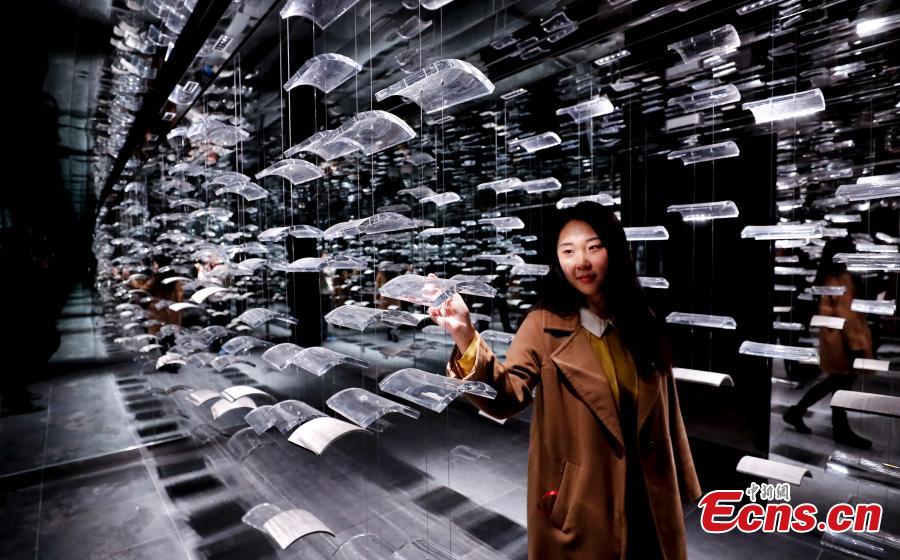
The Beijing Hutong Museum, located at No. 77 Dongsi Sitiao in Beijing, opens on Oct. 18, 2018. The museum covers an area of 1,023 square meters and is inside a typical traditional Siheyuan, a courtyard surrounded by buildings on all four sides. The museum's exhibits, some collected from local residents, show the history, culture and traditions of the Dongsi residents. A hutong is a type of narrow street or alley formed by lines of traditional courtyard residences. (Photo: China News Service/Du Yang)
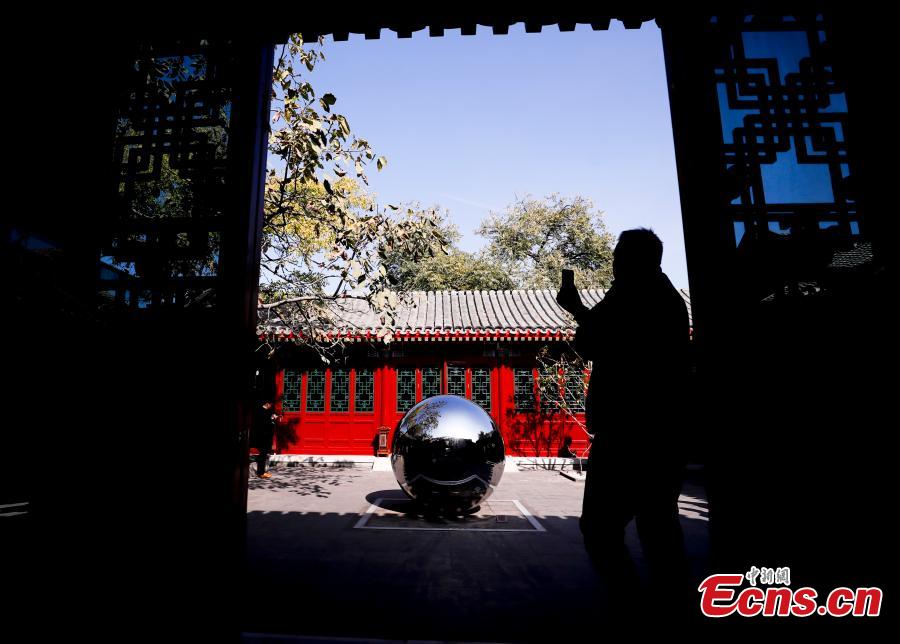
The Beijing Hutong Museum, located at No. 77 Dongsi Sitiao in Beijing, opens on Oct. 18, 2018. The museum covers an area of 1,023 square meters and is inside a typical traditional Siheyuan, a courtyard surrounded by buildings on all four sides. The museum's exhibits, some collected from local residents, show the history, culture and traditions of the Dongsi residents. A hutong is a type of narrow street or alley formed by lines of traditional courtyard residences. (Photo: China News Service/Du Yang)
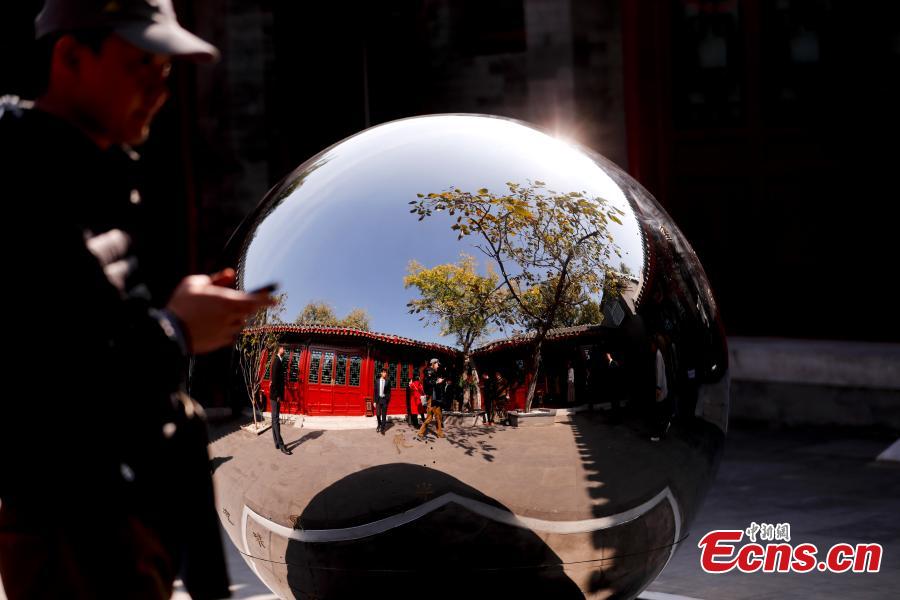
The Beijing Hutong Museum, located at No. 77 Dongsi Sitiao in Beijing, opens on Oct. 18, 2018. The museum covers an area of 1,023 square meters and is inside a typical traditional Siheyuan, a courtyard surrounded by buildings on all four sides. The museum's exhibits, some collected from local residents, show the history, culture and traditions of the Dongsi residents. A hutong is a type of narrow street or alley formed by lines of traditional courtyard residences. (Photo: China News Service/Du Yang)
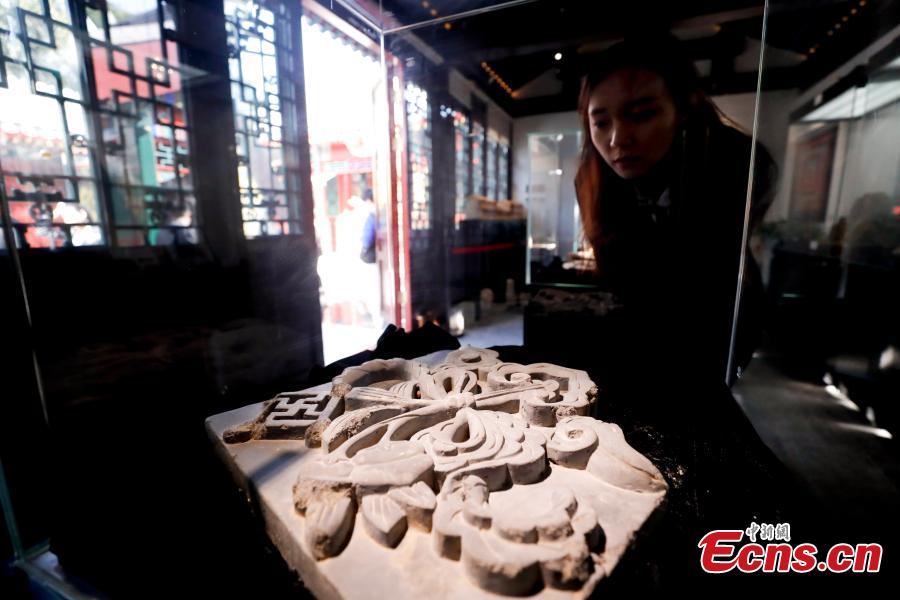
The Beijing Hutong Museum, located at No. 77 Dongsi Sitiao in Beijing, opens on Oct. 18, 2018. The museum covers an area of 1,023 square meters and is inside a typical traditional Siheyuan, a courtyard surrounded by buildings on all four sides. The museum's exhibits, some collected from local residents, show the history, culture and traditions of the Dongsi residents. A hutong is a type of narrow street or alley formed by lines of traditional courtyard residences. (Photo: China News Service/Du Yang)










